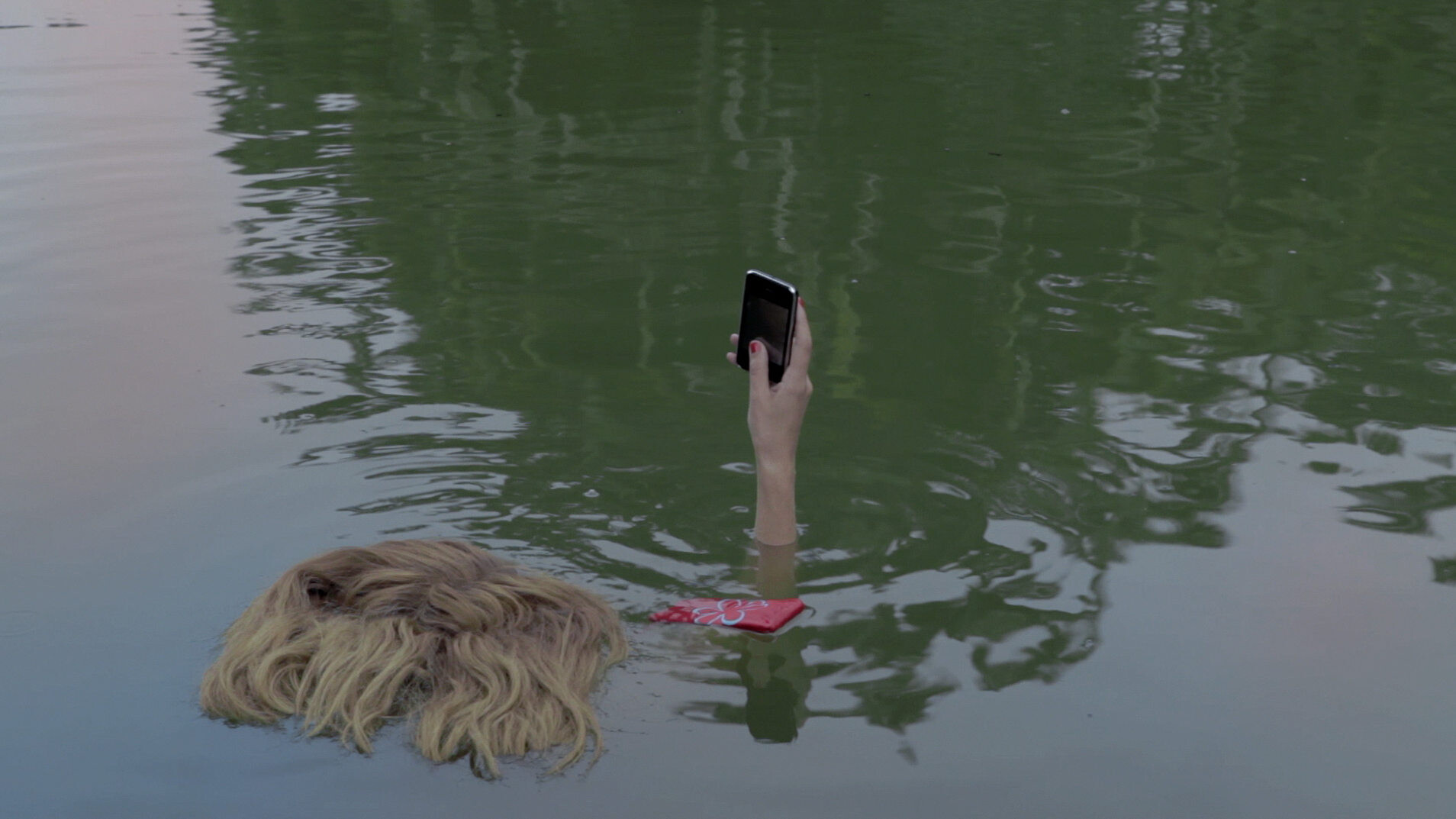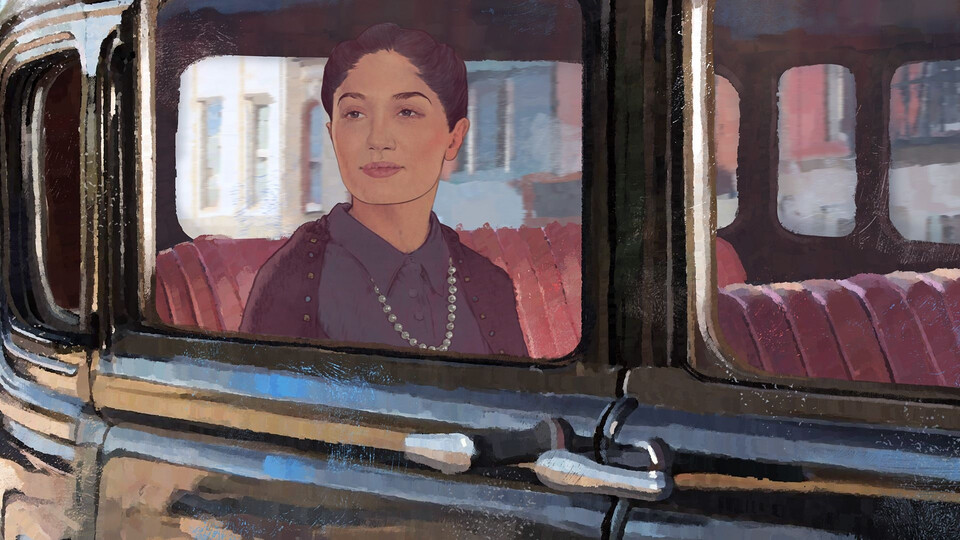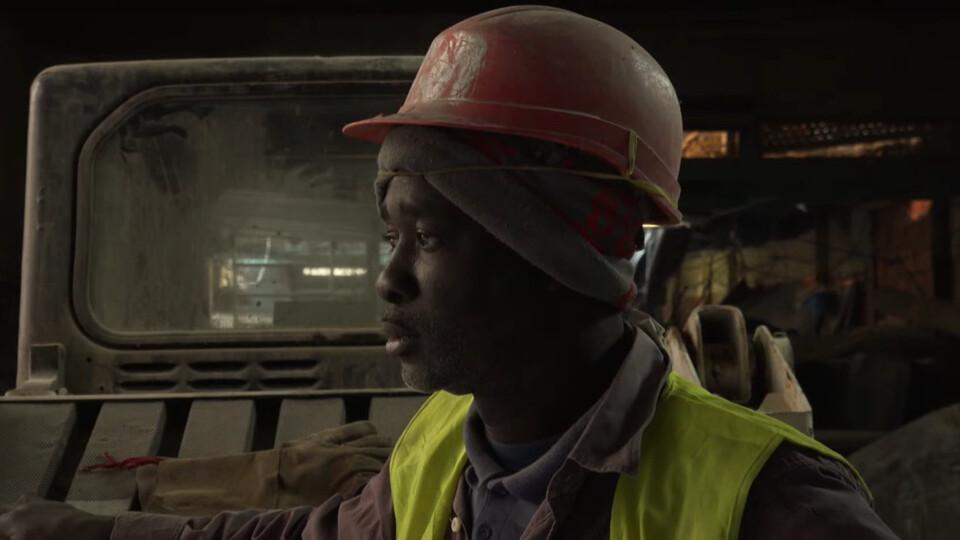Marked by slowness
This year’s edition of the Portuguese documentary film festival DocLisboa once again gave emerging film professionals from all over Europe the opportunity to showcase their short films in the section Green Years. In the opening block, we were able to see the new film A Soft Hiss of This World by directors Federico Cammarata and Filippo Foscarini, who won the section last year with their film Late August. Other films in the section this year included Fiesta Forever by Jorge Jácome and Morning of Saint Anthony’s Day by João Pedro Rodrigues. All of these films slowly develop ways of bringing the audience closer to the past and human nature.
The principle of slowness features in all three of the aforementioned films, and their slow form allows us to observe nuances and more detailed features, whether it is the subjects or the characters. As the title Morning of Saint Anthony’s Day suggests, the film depicts the morning following the celebration of Saint Anthony of Padua, the patron saint of lost people, whom he helps find their way to their loved ones. In lengthy shots, we watch mindless citizens, or rather mindless bodies, returning to normal life after the rapturous celebrations that traditionally take place in church or peacefully at home with one’s family. We observe a figure slowly walking into a lake. Elsewhere we see another character holding a vase of basil and carnations, which couples traditionally give each other at the celebrations as a token of their love. This character, however, is disappointed by Saint Anthony, for his girlfriend never returns from the lake, and so he throws the vase at a statue of the saint. But then he suddenly falls to the ground. Through a slowness that is apparent on many levels, director João Pedro Rodrigues exposes and criticises the hypocrisy of contemporary celebrations of St. Anthony’s Day and other holidays, which have gradually become mere pretexts for reckless drinking and the like.
On the other hand, Federico Cammarata and Filippo Foscarini’s film A Soft Hiss of This World makes use of long shots and a slow pace in order to reveal the wounds suffered by the Croatian city of Vukovar during the struggle for independence. In addition to its long shots of buildings, A Soft Hiss of This World is, like the previous film, dominated by silence – although in this case the film forces us to notice the surroundings, not only the inhabitants. Thanks to the very slow pacing, we are able to pause and take in views of the ruined buildings, such as the distinctive Vukovar water tower. However, an old woman in red, who also lived through the war, w through these spaces as well. Thus, the past emerges through the concept of slowness as we observe the current state of the city. The past and the present thereby constantly intertwine in our minds, which we can easily liken to the Deleuzian concept of the crystal-image, similar to what Rob Stone and Paul Cooke do in their text on slowness in historical films.1)
The third film from the Lisbon festival block, Fiesta Forever, explores the old, abandoned spaces of four bars and clubs through long, slow, gliding shots recorded with an untethered camera. In the light of the full moon, we see crumbling or graffitied walls, broken statues, and bottles. However, the subject is not merely the spaces that reflect the past, as is the case in A Soft Hiss of This World. Through voiceovers, the past is also connected to the human fates and situations that often take place in these spaces. We hear flirtations, arguing couples, and conversations about love and sex. Fiesta Forever thus combines the themes of the other two films – namely the past and human relationships – but at the same time reveals them through a slow form. Emerging professionals are aware of the power and possibilities of slow cinema, which they artfully make use of to critique society and expose human nature or the past.
---
Notes
1) STONE, Rob a Paul COOKE. Crystallising the Past: Slow Heritage Cinema. In: Tiago de Luca a Nuno Barradas Jorge (eds.). Slow Cinema. Edinburgh: Edinburgh University Press, 2016, s. 312–322.
This article is a result of the project Media and documentary 2.0, supported by EEA and Norway Grants 2014–2021.




